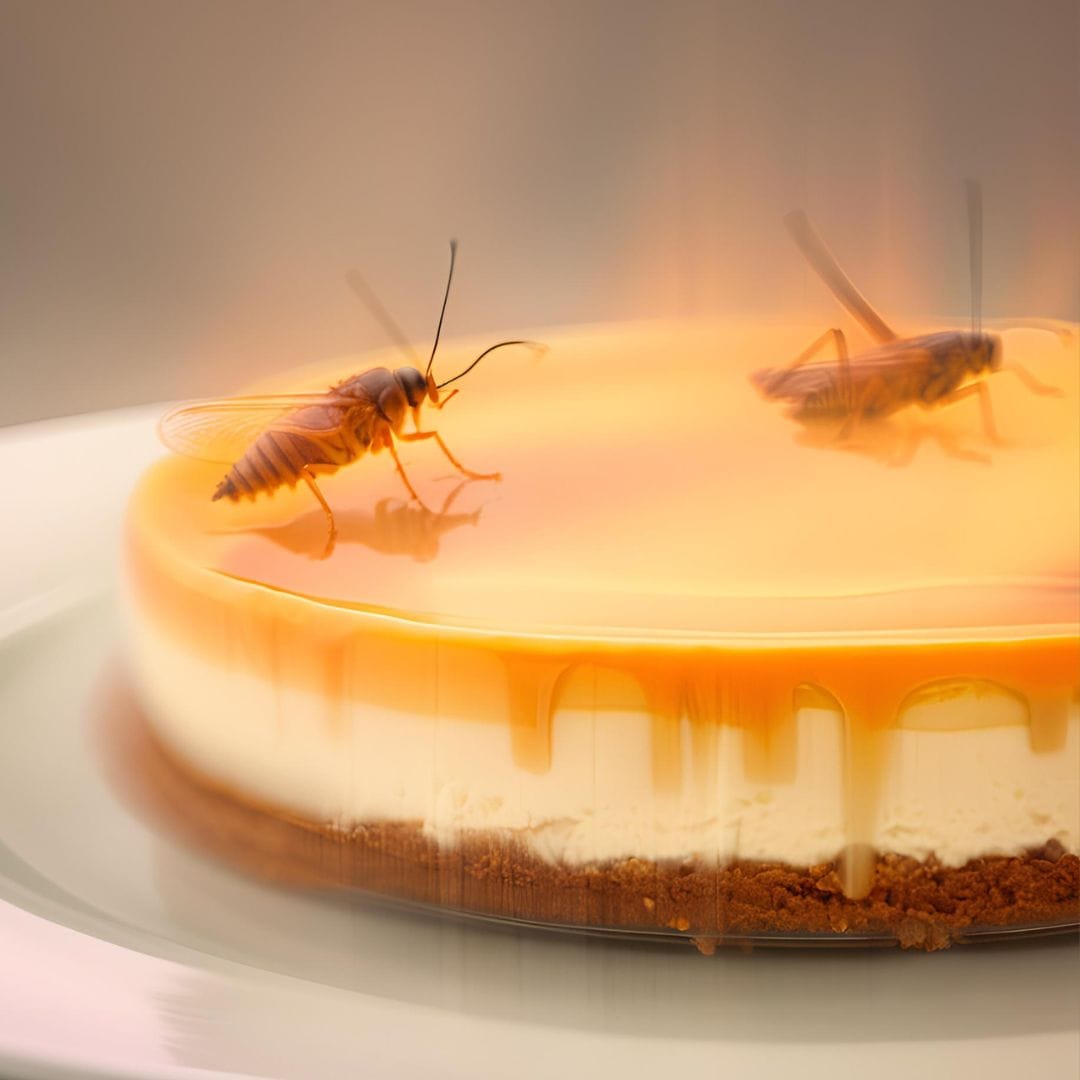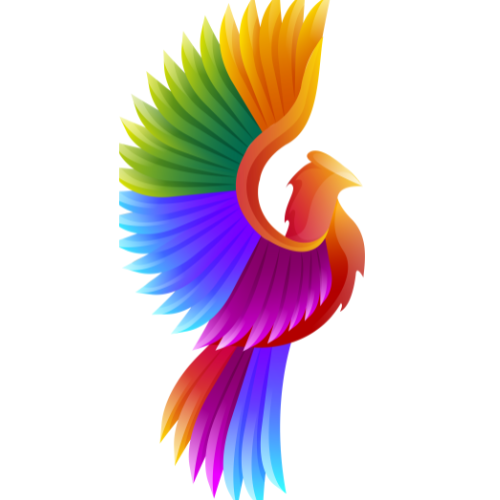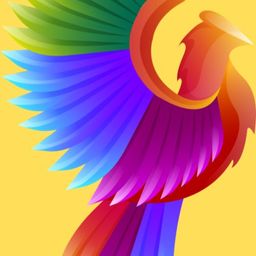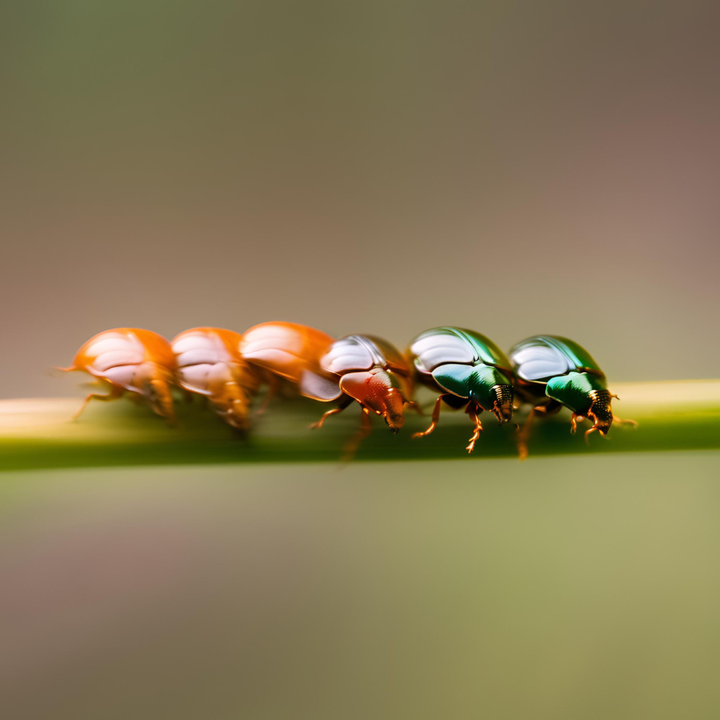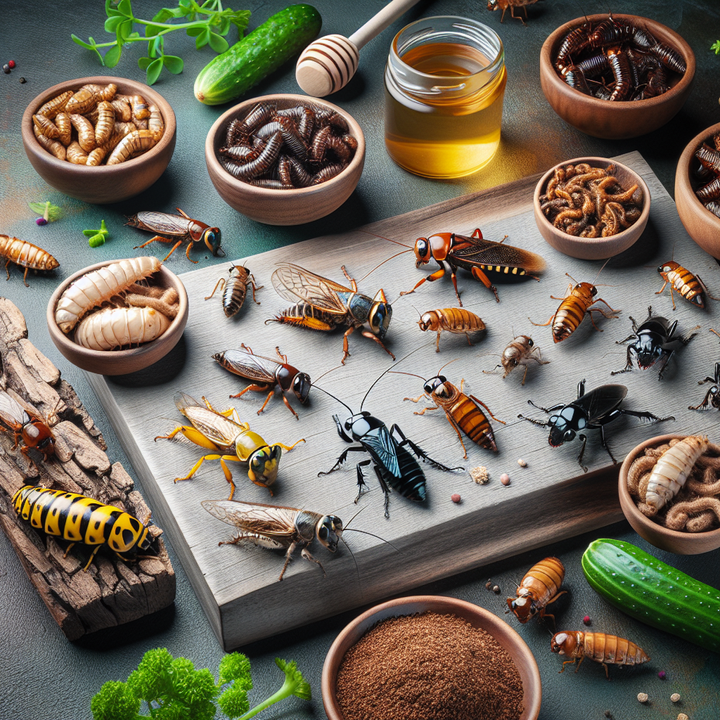Edible Insects FAQs [2024]: Unveiling the Secret Language of Bees: The Waggle Dance and Its Role in Sustainable Entomophagy Nutrition
Unlock the secrets of the waggle dance, a unique bee communication method that pinpoints resource locations. Discover how this dance aids in foraging efficiency, resource allocation, colony growth, and survival, supporting sustainable nutrition and the eco-system. Perfect for entomophagy enthusiasts
![Edible Insects FAQs [2024]: Unveiling the Secret Language of Bees: The Waggle Dance and Its Role in Sustainable Entomophagy Nutrition](/content/images/size/w1200/2024/07/scientific-illustration-waggle-dance-bees-communication-1.png)
- Do you know what the Waggle Dance is?
- What is the Waggle Dance?
- The Purpose of the Waggle Dance
- How the Waggle Dance Works
- Benefits to the Bee Colony
- The Science Behind the Waggle Dance
- Interesting Facts
- Waggle Dance and Sustainable Entomophagy
- The Table of Entomophagy
- Conclusion
- Related Entomophagy Recipe
Do you know what the Waggle Dance is?
Ever wonder how bees have such incredible teamwork? Spoiler alert: it's not through buzzing gossip or tiny bee telepathy. No, our buzzing friends perform an elaborate and fascinating behavior called the waggle dance. Intrigued? Let’s dive into what the waggle dance is all about, its purpose, and how it benefits the bee colony. Whether you’re a bee enthusiast, an insect aficionado, or just curious, stick around to uncover the secrets of this amazing insect choreography!
What is the Waggle Dance?
The waggle dance is a unique communication method used by bees to share information about the location of food sources, water, and potential nesting sites. Imagine it as a bee's version of Google Maps! This dance involves specific movements that relay detailed info about the direction and distance to these resources.
The Purpose of the Waggle Dance
The primary goal of the waggle dance is to ensure the survival and efficiency of the bee colony. By effectively communicating the whereabouts of resources, bees can maximize their foraging efforts, conserve energy, and make sure the colony is well-stocked with food and supplies.
How the Waggle Dance Works
- Observation and Discovery: A forager bee stumbles upon a juicy stash of nectar or pollen. Excitedly, she zips back to the hive to share this golden news.
- The Dance Floor: Back in the hive, she finds a clear spot on the honeycomb and starts her dance.
- Waggle Phase: The bee moves in a figure-eight pattern, waggling her body during the straight part of the run. The direction of her waggle in relation to the sun indicates the direction of the food source.
- Round Phase: After the waggle phase, she loops back to start the figure-eight again. Repetition helps her fellow bees get the message.
- Distance Communication: The length of the waggle run tells the distance to the resource. A longer waggle means the food source is farther away, while a shorter waggle suggests it's closer.
Benefits to the Bee Colony
The waggle dance is vital for the colony's success. Here are some key perks:
- Efficient Foraging: Directing bees to prime food sources means the colony can gather more nectar and pollen in less time.
- Resource Allocation: Bees can prioritize their foraging based on the quality of the resource communicated in the dance.
- Colony Growth: Efficient food collection supports the colony's growth and health, ensuring enough sustenance for all members, including larvae and the queen.
- Survival: In tough times, the waggle dance helps bees quickly find essential resources, giving them a better shot at survival.
The Science Behind the Waggle Dance
Scientists have been fascinated by the waggle dance for years. Using high-speed cameras and tracking software, researchers decode the dance's messages, offering deep insights into bee behavior and communication.
Interesting Facts
- Universal Language: The waggle dance is a universal language among honeybees, understood by bees worldwide, no matter their location.
- Climate Adaptation: Bees adjust their dance based on environmental factors like wind and temperature, showcasing their adaptability.
- Historical Insight: The waggle dance was first described by Austrian scientist Karl von Frisch in the 1920s, earning him a Nobel Prize in 1973 for his discoveries in bee communication. Learn more about Karl von Frisch and his work.
Waggle Dance and Sustainable Entomophagy
The waggle dance plays a vital role in supporting sustainable entomophagy (the practice of eating insects) by ensuring efficient foraging and resource allocation within bee colonies.
Key Points:
- Efficient Foraging: Bees can maximize their foraging efficiency, gathering more resources with less energy
- Pollination: Enhances plant pollination, which is crucial for the growth of crops, including those used for entomophagy
- Biodiversity: Supports ecosystem health, which is essential for sustainable food sources
- Nutrient-Rich Diet: Bees help pollinate plants that provide nutrient-rich food, supporting a balanced diet that includes edible insects
By understanding and supporting the ecological role of bees and their sophisticated communication methods, we can further promote sustainable agricultural practices and enhance the potential of entomophagy as a viable nutrition source. Learn more about the role of edible insects in sustainable food security.
The Table of Entomophagy
The Entomophagy Table is a dedicated platform exploring the world of entomophagy – the practice of consuming insects. Led by Luc Cuzco, the creative director and author, with the assistance of Chef Luciano, this site offers resources for both novices and seasoned foodies interested in sustainable insect-based cuisine. With a focus on nutritious, eco-friendly, and easy-to-make recipes, The Entomophagy Table aims to make insect protein and other edible insect-based novel foods accessible and appealing. Discover diverse flavors and textures, learn about the environmental benefits of insect-based ingredients, and join a growing community committed to innovative and sustainable eating practices. This series delves into insect-derived ingredients like honey, showcasing their versatility and appeal. For a sweet treat, check out Chef Luciano’s Honey Cricket Cheesecake Recipe. Stay tuned for more exciting posts on entomophagy, eco-conscious food, and other insect-derived ingredients!
Join our vibrant community 'The Entomophagy Table' on Discord!Conclusion
The waggle dance is a testament to the incredible intelligence and social structure of bees. Next time you enjoy a spoonful of honey or watch bees buzzing around flowers, remember the intricate dance that helps make it all possible. 🐝
Feel free to share your thoughts or ask questions in the comments. Let’s keep this insect-loving community buzzing with curiosity and knowledge!
Related Entomophagy Recipe
